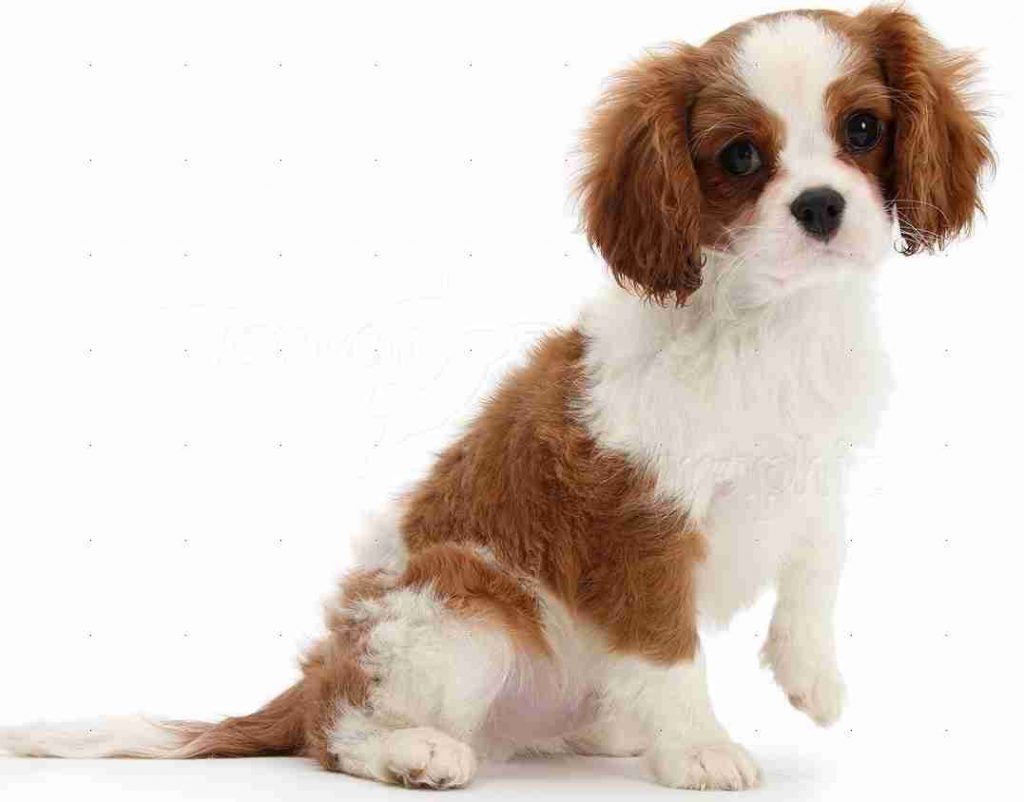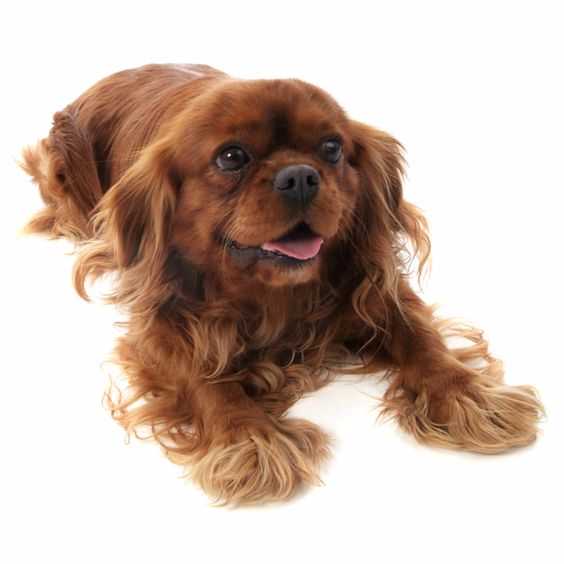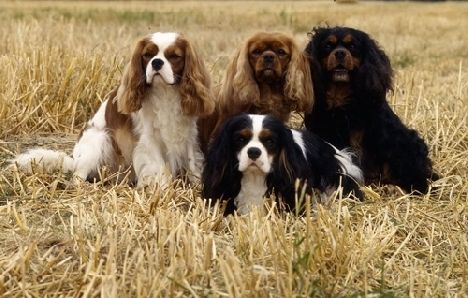Gentle, loving, beautiful to look at and full of fun, what’s not to love about these charming dogs? If you are yet to learn about the Cavalier, then you have a treat in store.

The Cavalier is one of the most popular breeds in the world, and for good reason. They fit in easily with almost any household, they are friendly and affectionate and they are good with children and other animals. Plus they have a unique personality that combines sporting and lapdog into a true “dog for all seasons”.
They have also been popular pets for hundreds of years, although the modern Cavalier is the triumph of a 20th century revival of the breed. If you would like to learn more about the Cavalier and its origins, click here.
Appearance

The Cavalier belongs to the toy group of pure-breed dogs (according to the Kennel Club definition), but it is one of the larger “toy” dogs, and most Cavaliers can easily fill a lap!
It is smallest of the English spaniels, and the breed standard states that it should be 12 to 13 inches high, and weigh 12 to 18 pounds. Cavaliers should be “active, graceful and well-balanced, with a gentle expression”. In character and temperament a Cavalier is “sporting, affectionate, absolutely fearless, gay, friendly, non-aggressive and with no tendency to nervousness” (Kennel Club breed standard definition).
The head should be almost flat between the ears, with a well-defined stop and large, round dark eyes spaced well apart. The nostrils should be black and jaw strong with a regular and perfect scissor bite.
The coat should be silky, of moderate length and free from curl, although it may have a slight wave. The ears, feet, legs and tail should be well-feathered; and although some people have their dog’s coats trimmed for easy keeping it is not permitted in a show dog (the feathering of the feet is considered particularly important).
The Cavalier should move gracefully, with the gait very light and free, and the forelegs and hindlegs moving in parallel when seen from in front or behind. The tail should be carried happily (it will usually be waving gently), but it should never be held much higher than the level of the back.
Cavalier Colours
There are 4 colours recognised for the breed.
The particolours are Blenheim (pearly white with bright chestnut markings well broken up) and tricolour (pearly white with black markings well broken up, and reddish-brown markings over the eyes, on the cheeks and on the underside of the ears and tail). The markings on the head should be well defined and symmetrical, especially on the Blenheim. A spot between the ears (the “Blenheim spot”) is very desirable, although it is rarer in the tricolour.
The wholecolours are ruby (rich red-brown all over) and black and tan (raven black with bright reddish-brown markings over the eyes, on the cheeks and chest, on the underside of the ears and tail, and on the inside and lower half of the legs.
Many “wholecolours” have some white markings, particularly on the chest, which although not strictly correct often endear them to their owners!

Four beautiful Cavalier champion dogs demonstrating the four Cavalier colours: Salador Crismark, Salador Coppergleam, Salador Charlock and (in front) Salador Celtic Prince (photograph by Sally Anne Thompson)
To learn more about the genetics behind Cavalier colours and how they are inherited go here.
Characteristics
Originally a hunting dog (Cavaliers have excellent noses, and used to root around in undergrowth putting up rabbits, pheasants and even foxes), the Cavalier is tough and hardy, and can easily walk all day long. They don’t deserve to be treated as lapdogs that need to be cosseted, and love to be outside and active.
However they also have a taste for luxury, and consider they have a royal right to the best and most comfortable furniture. When my bitch Milly was about to whelp, I offered her a specially designed and prepared whelping box. She considered it insufficiently luxurious, and tried to persuade me that my most expensive rug was much more suitable.
Cavaliers are quick and intelligent learners and are eager to please, which makes them easy to housetrain. Both sexes are equally sweet-natured. They are usually good eaters, and are experts at using their appealing eyes and charm to cadge food, so beware overfeeding!
They have a strong instinct to chase, so need to be kept under control among farm animals and on busy roads. Their long coats need regular brushing. Cavaliers need company, so are not suitable for people who are out at work all day. They are far too friendly and curious to make effective guard dogs.
Please don’t consider getting a dog until you have thought carefully about how it will fit into your life, how you will look after it and whether you really have the time to devote to bringing up and training a puppy to be a well socialised and civilised dog. A dog is not an afterthought you can turn to when you have nothing better to do. It is a member of your family which will demand as much time and attention as everyone else.
If you are seriously considering adding a Cavalier to your family, please look at the pages on Cavalier health, living with a Cavalier, and becoming a new puppy owner.



